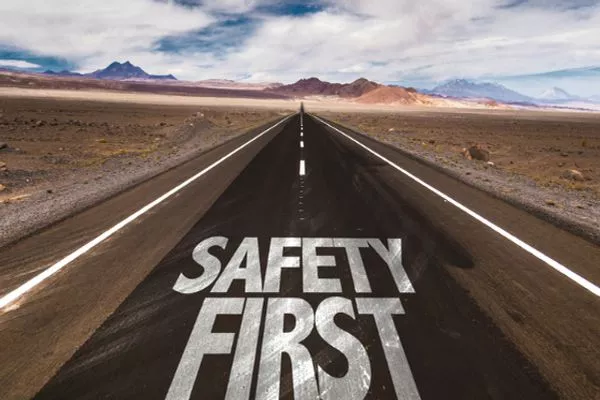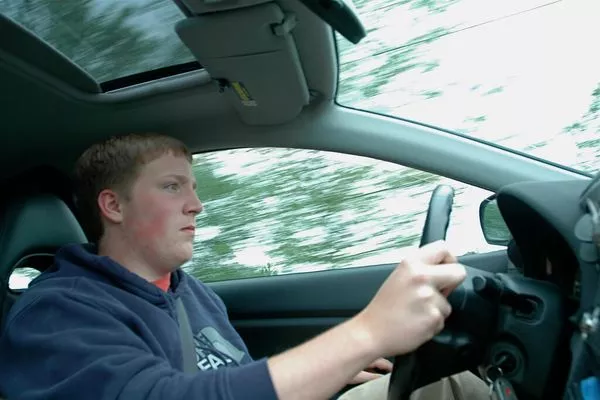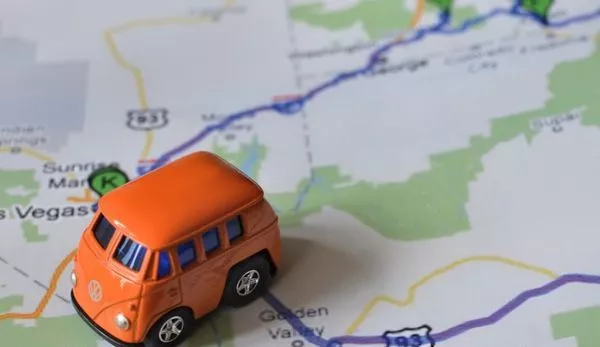There are no hard and fast rules when it comes to safe driving in the Philippines. Depending on the circumstance that a driver faces, he may resort to a completely different tactic to avoid road accidents. In other words, there is no absolute rule in driving, so long as the driver avoids accidents and abide by the traffic rules and regulation. In looking for the right guide to drive safely, you should focus on three key areas: DRIVER, VEHICLE and JOURNEY.

The interaction of these given factors makes up the totality of your safety while driving in the country
I. Driver
This category includes all information that a driver should take into consideration, which include but not limited to his competency, training, ability to identify risks while on the road, his behavior, fatigue, and managing issues. Thus, it is incumbent upon him to:

The driver is the main actor in every journey. He is the sailor and steers the navigation.
1. Possess a valid driver’s license
To validly drive in the Philippines, you must first possess a valid driver’s license. Having a driver’s license presupposes that the driver possesses the necessary skills in driving and undergoes the necessary training as required by law.
2. Get enough sleep
It is also essential that a driver possesses the apt physical fitness depending on the demand of his work as a driver. It has been said that the longer the time spent on the road, the greater the risk associated with driving is. When you feel sleepy or drowsy, it is helpful to pull off your car and take a quick nap. In case you are running late, a sip of coffee or energy drink may ease your sleepiness.
3. Be alert
The task of driving demands that the driver must also possess mental fitness while driving. This includes possession of mental alertness for possible danger around him while driving and ability to make a plan of action to troubleshoot said danger.
4. Avoid alcohol and drug intake
A responsible driver does not take the wheel under the influence of drug or liquor. Not only that it is prohibited under the Philippine law, it may also be one of causes of road accidents.
5. Know the traffic rules and regulation
A good driver knows and obeys the traffic rules and regulation whether he is driving within or outside Metro Manila. This is not only to avoid road accident but also for the purpose of avoiding suspension or revocation of your driver’s license.
II. Vehicle
The vehicle category discusses salient information on how to ensure that your motor vehicle is road-worthy and in safe condition intended for its purpose. These are the things you need to check on your vehicle before driving:

It will take just a few minutes to double check the condition of the car - and you get peace of mind in return.
1. Ensure that your vehicle is road worthy
Before driving, check if the tires are inflated, brakes are working, lights are working, engine does not produce any unusual sound, and air conditioner is properly working. If you are driving at night, be sure that mirrors and windows are clean to avoid obscure image while driving.
2. Use your signals properly
Turn signals are designed to communicate your next step or turn to your fellow drivers. It is encouraged that the driver turns his signal 50 meters before the actual turn to give ample time to fellow drivers to react safely and accordingly. Be sure to turn off the signal after making your turn in order not to confuse the other drivers.
3. Keep away your smartphones
Road collision is sometimes brought by our desire to multitask while driving. It is important to understand that driving demands 100% focus; hence, your smartphones should not in any way impede you. If you are using your mobile device for navigation (e.g. Waze application), be sure that it is mounted on dashboard, center console, or windshield so that it could not block your view of the route.
4. Be mindful of your vehicle’s speed
When drive in the dark, always keep a manageable speed to lessen the risk of accident. It is also worth to note that being mindful of your speed does not necessarily mean that you need to drive below the minimum speed limit. A loaded SUV takes 40m to come to a complete stop from 80 kph, 50m from 100 kph, and 100m to halt from 160 kph.
III. Journey
The journey category includes the things you need to consider while you are traversing the road, such as the length of the intended journey, road condition, communication, and traffic laws. The tips Philkotse.com team lists below should always be remembered:

Being prepared ahead of your journey will give you more chances of enjoying the trip.
1. Stay in the right lane
If you are travelling in Metro Manila, you are expected to respect the rule on certain lanes designated for buses and motor vehicles. Staying at the middle or middle-right lanes are also advisable when traversing the highway. This is a strategic position as it is away from the quick-moving vehicles overtaking on the left.
>>> You may also like to read: Is driving on the right side of the lane safer than the other?
2. Always check the weather condition
In some areas of the Philippines, the roads become impassable or prone to landslide during rainy days. Hence, checking the weather of your destination, including the places you are going to pass by, is helpful to assess whether it is possible to take a long drive.
3. Road surface
It is also important to be familiarized with the road surface, especially if you are driving in an unfamiliar place. You might be surprised that in some rural areas, they have rough, muddy or not concrete roads especially during wet season. Thus, it is encouraged to choose the appropriate vehicle and plan the journey in detail.
4. Travel planning
While millennials find spontaneous trips exciting, travel planning is still essential especially if you are driving overnight or driving in an unfamiliar place. In such cases, consider the available communication network in the area in case of emergency, obtain a map all the time, allow ample travel time, pre-plan your fueling stops, censure that you carry all the time a jack and wheel brace, and one of you knows how to change a wheel.












